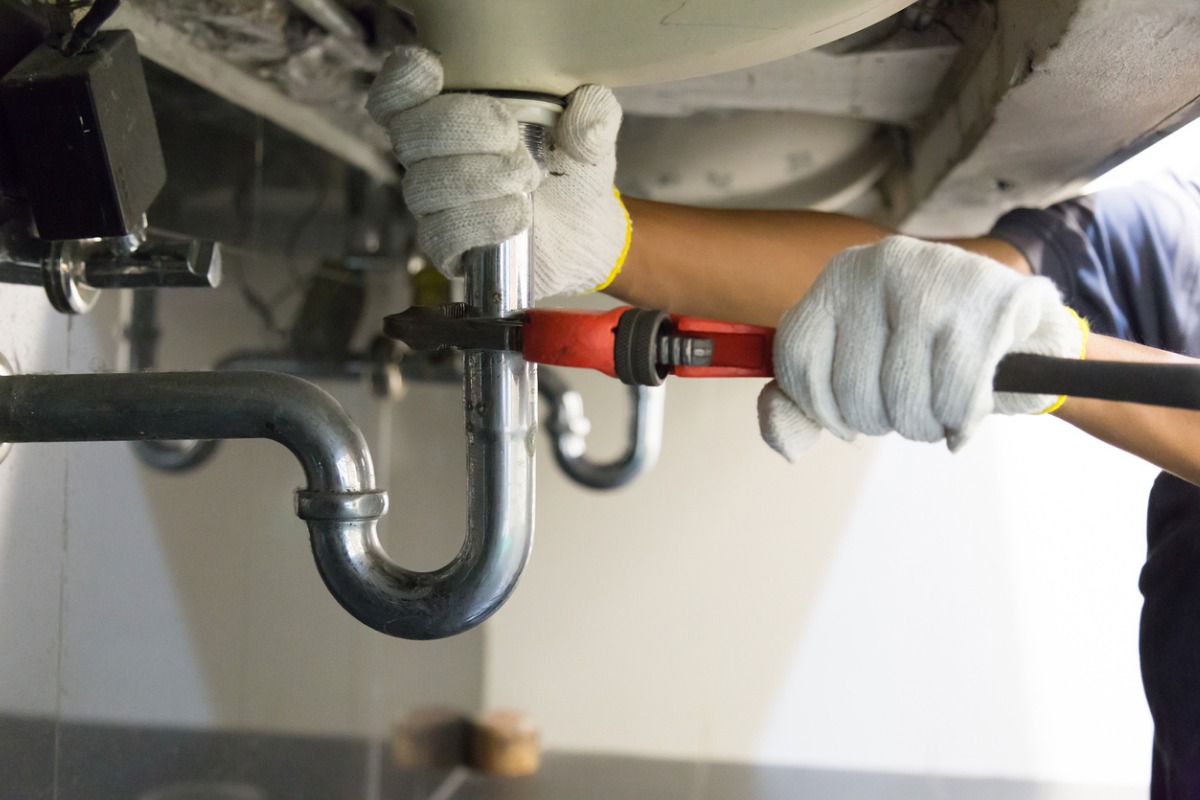Reliable Plumber Alabaster AL for All Your Emergency Needs
Reliable Plumber Alabaster AL for All Your Emergency Needs
Blog Article
A Step-by-Step Overview to Efficient Hot Water Heater Installment for Optimal Performance
Embarking on the task of setting up a water heating unit is a venture that demands precision and a systematic strategy for accomplishing optimal performance. As you continue, the complexities of linking water supply lines and establishing up reputable electric or gas connections await, promising understandings into making sure efficiency and reliability.
Choosing the Right Water Heating System

Next, consider the size and capacity of the hot water heater. It's essential to evaluate your home's hot water requirements, which can differ based upon the variety of residents and their usage patterns. A system that's too tiny may result in insufficient warm water, while an extra-large design could result in unnecessary energy consumption.
Performance rankings additionally play a crucial function in selection. Seek water heating systems with high Energy Element (EF) rankings, suggesting exceptional efficiency and reduced energy use. Tankless designs, though typically much more expensive in advance, deal substantial power savings with time as a result of their on-demand home heating abilities.
Preparing the Setup Location
Prior to mounting a new water heating unit, thorough preparation of the setup location is necessary. It's essential to gauge the room thoroughly to accommodate the water heater's measurements, guaranteeing ample clearance around the system for effective procedure and servicing.
Check the flooring for stability, as the water heating unit will certainly require a strong, level surface area to run successfully. If needed, install a drip frying pan below the unit to capture possible leaks or spills, avoiding water damage to the surrounding area.
Furthermore, ensure that all necessary tools and materials are on hand prior to beginning the installation. This consists of items such as wrenches, screwdrivers, a level, and any added hardware needed for placing and securing the heating unit. A well-prepared installment location sets the foundation for a successful hot water heater arrangement, maximizing efficiency and safety.
Connecting Water Supply Lines
When linking supply of water lines to your newly set up hot water heater, it is vital to guarantee that all connections are protected and leak-free to maintain reliable procedure and protect against water damage. Begin by recognizing the hot and cold water lines. The cool water inlet is usually noted with a blue label or a "C", while the warm water electrical outlet is marked with a red label or an "H".
Use flexible hot water heater connectors to help with an easier installment process. These connectors can absorb vibration and allow for minor activity, reducing the threat of leaks. Before connecting the ports, place a plumber's tape around the threaded ends of the water heater's inlet and outlet pipes - Water Heater installation Alabaster AL. This tape acts as a sealant, avoiding leakages. Thoroughly connect the adaptable hoses to the corresponding inlet and outlet, ensuring that they are not over-tightened but limited, which can damage the threads.
Once connections are in location, gradually switch on the primary supply of water shutoff. Inspect each connection for leakages by aesthetically really feeling and inspecting for wetness. Tighten up connections as needed, and guarantee the stress safety valve is correctly installed, securing against too much stress build-up.
Establishing Electric or Gas Links
Properly establishing up the electrical or gas links for your water heater is an essential action to ensure effective and secure operation. For electrical water heaters, start by verifying that the electrical circuit is suitable with the heating unit's voltage and amperage requirements.
For gas water heaters, safety is vital. Connect the gas line to the water heating system making use of a versatile gas connector, guaranteeing it is properly threaded and sealed why not look here with pipe joint compound or Teflon tape ideal for gas links.
When connections are made, examine for any kind of potential leaks. For gas lines, apply a soapy water service to the joints; bubbles show a leakage. For electrical connections, ascertain that all wiring is safe and appropriately shielded, maintaining conformity with regional electric codes.
Readjusting and examining for Performance
With the electrical and gas connections securely in location, the next step is examining the functional performance of your hot water heater. Begin by meticulously activating the water system and making certain there are no leaks at any one of the shutoffs or joints. Once validated, continue to load the container, taking note of the stress and temperature level setups. It is suggested to establish the thermostat to a recommended temperature level of around 120 ° F(49 ° C) to stabilize energy performance and convenience.
Next, perform a complete examination to ensure the burner or gas burners are functioning appropriately. For electric heaters, make use of a multimeter to confirm if the components are drawing the proper existing. In gas versions, observe the heater flame; it ought to be constant and blue, showing reliable combustion.
Adjust the settings as needed to eliminate inadequacies. Consider carrying out insulation measures, such as adding a water heating system blanket, to further improve performance by decreasing heat loss. In addition, examine the anode pole's condition, as a shabby rod can minimize efficiency and lead to tank corrosion.
Final Thought
Effective water heater setup is important for ensuring optimum performance and power savings. Safely attaching water supply lines and carefully establishing up electrical or gas links lessen potential concerns.

Correctly setting up the electrical or gas connections for your water heating unit is a crucial action to make certain efficient you can try this out and secure procedure. For electrical water heating systems, start by verifying that the electrical circuit is suitable with the heater's voltage and amperage demands. Attach use this link the gas line to the water heating unit utilizing a versatile gas connector, ensuring it is properly threaded and secured with pipeline joint substance or Teflon tape ideal for gas links.
Report this page